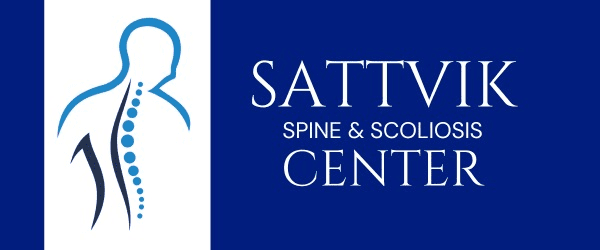Posture—it’s not just about looking poised and confident; it plays a crucial role in maintaining a strong and healthy spine. In this article, we delve into the science of posture, understand why it matters, and explore practical tips to ensure your spine stays in top form. We’re joined by spine specialist Dr. Yogesh Pithwa, whose expertise adds authority to this discussion.
The Importance of Good Posture
The Spine’s Role
- Expert Insight: Dr. Pithwa emphasizes that the spine is the body’s central support structure. Good posture is essential to maintain spinal alignment and reduce stress on the back.
- Key Point: Proper posture supports a strong, pain-free spine.
Spinal Health and Longevity
- Expert Insight: Dr. Pithwa explains that maintaining good posture can prevent chronic spine conditions and ensure a higher quality of life as you age.
- Example: Poor posture may lead to conditions like kyphosis or lordosis, affecting mobility and comfort.
Understanding the Science Behind Posture
Neutral Spine Alignment
- Expert Insight: Dr. Pithwa describes a neutral spine as the natural, gentle “S” curve that maintains balance and minimizes strain on the back.
- Benefit: Neutral spine alignment reduces the risk of disc compression and pain.
Postural Muscles
- Expert Insight: Dr. Pithwa highlights the role of postural muscles in supporting good posture. These muscles help maintain spinal alignment.
- Practical Tip: Strengthening these muscles through exercises like planks and bridges can improve posture.
Practical Tips for Good Posture
1. Sit and Stand Tall
- Expert Insight: Dr. Pithwa recommends aligning your spine in a neutral position when sitting and standing to prevent slouching.
- Example: When sitting, ensure your feet are flat on the floor, and when standing, distribute weight evenly on both feet.
2. Ergonomics in the Workspace
- Expert Insight: Dr. Pithwa stresses the importance of ergonomics. Adjust your chair, desk, and computer to support good posture.
- Benefit: Proper ergonomics reduce the risk of back pain and discomfort.
3. Exercise and Stretching
- Expert Insight: Dr. Pithwa advises including exercises and stretches that target postural muscles in your fitness routine.
- Practical Tip: Incorporate yoga or Pilates to improve flexibility and posture.
Conclusion
Understanding the science of posture and its impact on spinal health is the first step towards maintaining a strong and pain-free back. Dr. Yogesh Pithwa’s expert insights underscore the significance of good posture, not just for aesthetics but for overall well-being.
By applying the practical tips mentioned in this article and incorporating them into your daily life, you can promote a healthy spine and enjoy the benefits of improved posture, reduced discomfort, and enhanced mobility. Remember, your spine is the pillar of your body, and taking care of it is an investment in your long-term health.











Get Social